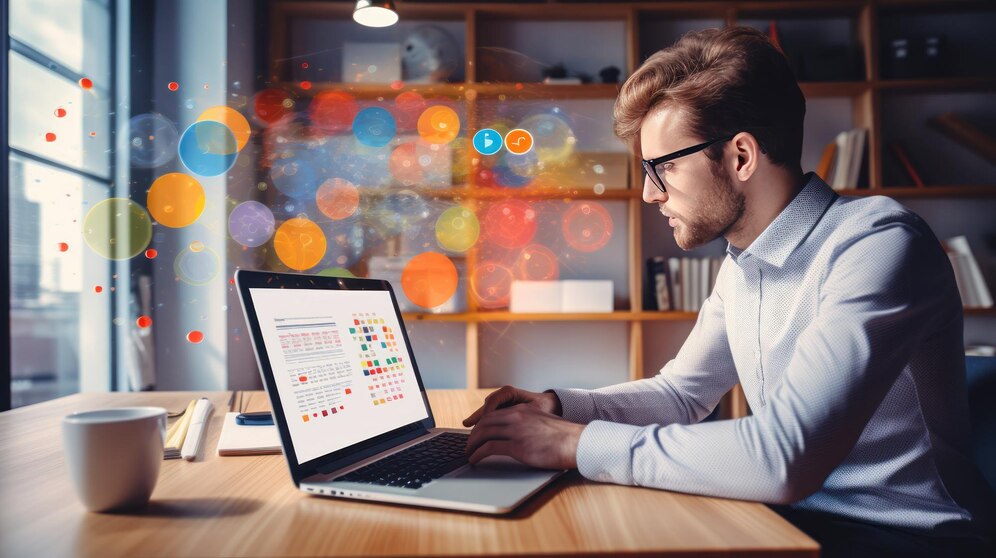Introduction to Blog Success Metrics
Blogging has become a powerful tool for sharing ideas, building communities, and generating income. But how do you measure the success of your efforts? Enter rub rankings—a fascinating metric that can unlock secrets to your blog’s performance. Understanding rub rankings is essential if you’re passionate about taking your content to new heights.
Imagine pouring hours into crafting the perfect post only to find it lost in the vast digital landscape. Rub rankings help bridge that gap between effort and visibility. They provide insight into how well your blog resonates with readers and search engines alike.
In this article, we’ll explore what rub rankings are, why they matter, and how they influence the overall success of a blog. Ready to dive deeper? Let’s uncover the essentials!
Understanding Rub Rankings

Rub rankings serve as a vital metric in the blogosphere. They provide insight into how well your content resonates with readers and search engines alike.
At their core, rub rankings evaluate multiple factors, including engagement rates, backlinks, and social shares. High-ranking blogs typically have compelling content that keeps visitors interested longer.
Search engines also consider these metrics when determining what to display on results pages. A higher rub ranking can increase visibility, driving more traffic to your site.
Understanding this relationship is crucial for bloggers seeking growth. Focusing on improving rub rankings naturally enhances overall blog performance and reaches a wider audience.
In essence, mastering rub rankings is not just about numbers; it’s about connecting with readers effectively while optimizing for discoverability online.
How Rub Rankings Affect Blog Success

Rub rankings play a crucial role in determining your blog’s visibility. Higher rankings often increase organic traffic, attracting more readers and potential subscribers.
When your rub ranking improves, it signals to search engines that your content is relevant and valuable. This can boost your position in search results, making it easier for new audiences to discover you.
These rankings also impact engagement metrics. A well-ranked blog tends to receive more comments and shares, creating a vibrant community around its content.
Conversely, lower rub rankings can hinder growth opportunities. Blogs that struggle with visibility may find themselves lost in the digital noise, reducing their chances of monetization or collaboration with brands.
Keeping an eye on rub rankings means understanding where you stand about competitors and adjusting strategies accordingly for sustained success.
Tips for Improving Rub Rankings
Improving your rub rankings requires a strategic approach. Start by focusing on quality content. Engaging, relevant posts attract more readers and keep them coming back.
Next, optimize your blog for search engines. Use targeted keywords naturally throughout your articles to improve visibility. Don’t forget about meta descriptions and alt tags; they are essential in SEO.
Encourage interaction through comments and social media shares. Engaged readers contribute to higher rankings, so create opportunities for dialogue.
Consistency matters, too. Regularly update your blog with fresh content while maintaining a consistent posting schedule to build anticipation among followers.
Analyze performance metrics using tools like Google Analytics. Understanding what resonates allows you to refine strategies effectively over time.
Other Important Blog Success Metrics
When evaluating blog success, several metrics come into play beyond rub rankings. Traffic is vital. It shows how many visitors are engaging with your content. More visitors often lead to greater influence and opportunities.
Engagement metrics matter, too. Comments, shares, and likes indicate how well your audience resonates with your posts. High engagement can boost visibility across platforms.
Then there’s the conversion rate. This metric reveals how effectively a blog turns visitors into subscribers or customers. A high conversion rate signifies your content is compelling enough to drive action.
Don’t overlook SEO performance, either. Keyword rankings and organic search traffic reflect how well you’re optimized for search engines—a crucial factor in attracting new readers.
Analyzing bounce rates gives insight into user experience on your blog pages. A lower bounce rate suggests that users find value in what they read and are more likely to stay engaged.
Case Studies of Successful Blogs and Their Rub Rankings
Several successful blogs have harnessed the power of rub rankings to propel their growth. For instance, a lifestyle blog focused on minimalism saw its rub ranking skyrocket after implementing targeted keyword strategies and enhancing user engagement through interactive content.
Another case is a tech review site prioritizing high-quality visuals and thorough product comparisons. This approach led to better reader retention and improved rub ranking over time.
A travel blog featuring unique itineraries gained traction by integrating social media sharing options, leading to increased organic traffic. Their consistent focus on audience feedback also helped refine their content, positively impacting their rub ranking.
These examples highlight how diverse strategies can enhance rub rankings across different niches. Each success story emphasizes the importance of tailored approaches in achieving measurable results while maintaining relevance in the ever-changing blogging landscape.
Conclusion: The Importance of Monitoring Rub Rankings for Blog Success
Monitoring rub rankings is crucial for anyone serious about blogging. These rankings provide insights into how well your content resonates with your audience and search engines. By keeping an eye on these metrics, you can identify trends, pinpoint areas for improvement, and adjust your strategy accordingly.
Rub rankings aren’t just numbers; they reflect the overall health of your blog. A high ranking indicates that you’re reaching the right people with valuable content, engaging readers effectively, and meeting their needs.
Regularly tracking these metrics allows you to stay ahead in a competitive landscape. You’ll be able to optimize existing posts and create new ones that better align with users’ search needs. This proactive approach can increase traffic, higher engagement rates, and ultimate success in achieving your blogging goals.
Don’t underestimate the power of rub rankings agrowth toolowth. They offer invaluable feedback that can shape the direction of individual posts and the overarching trajectory of your entire blog strategy. Embrace monitoring them as part of your routine for sustained success in this ever-evolving digital space.



